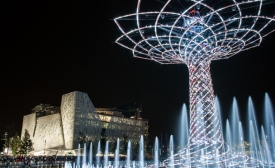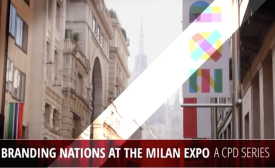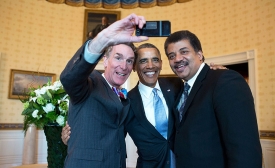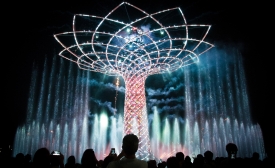nation branding
What is the brand Luxembourg? This has been the question of a nation branding process lauched last year, with the first official results presented Thursday seeing the country described as reliable, dynamic and open, as well as a partner and builder of bridges.

Roberto Daneo, Managing Director of the Bidding Committee for Expo Milan, shares his personal reflections about how Milan won the bid to host Expo 2015.

In this two-month series produced by CPD, we examine how countries define, communicate, and manage their national identity at Expo Milan 2015.

Visual highlights from the 2015 Milan Expo.

Ilan Manor revisits "Selfie Diplomacy."
When Rafidah Abd Rahim traveled to Japan from Singapore last year, the recent college graduate was relieved to find a goodly number of lifestyle offerings for Muslim travelers, such as halal food—that is, fare that complies with Islamic dietary guidelines—and easily available prayer rooms.
The Israeli government believes it is locked in an epic struggle to save Israel from the growing movement calling for an international boycott. Benjamin Netanyahu warns that Israel must “rebrand” itself to avoid pariah status. Ordinary Israelis are therefore being conscripted into an army of spin doctors in a campaign termed “hasbara”.

The World Expo embodies nation branding in vivid ways. The fundamental goal of nation branding is to achieve differentiation and resonance in the field of national representations. National pavilions, a centerpiece of the World Expo, are branded spaces designed to craft a positive, distinctive identity about a country. They are hence a platform for nations to engage in public diplomacy.







